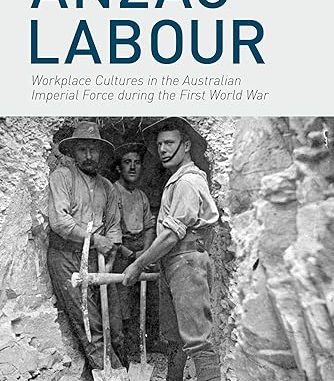
Anzac Labour by Nathan Wise is a fascinating exploration of the role of Australian and New Zealand soldiers during World War I not only as fighters but as laborers, builders, and creators of infrastructure in the Middle East. The book challenges the traditional narrative of the Anzac soldiers as heroic fighters, and instead presents them as hardworking laborers who contributed significantly to the war effort in ways that are often overlooked.
Wise begins by examining the historical context of the war and the conditions that led to the deployment of Anzac soldiers to the Middle East. He then delves into the daily lives of the soldiers and the work they performed, such as building roads, railways, and water pipelines. The author highlights the difficulties faced by the soldiers in their labor, including extreme weather conditions, disease, and the constant threat of enemy attack.
One of the most interesting aspects of the book is the way in which Wise uses personal accounts from soldiers to provide insight into their experiences. These first-hand accounts offer a unique perspective on the daily lives of the soldiers and the challenges they faced. The author also draws on a range of primary sources, including military reports, diaries, and letters, to provide a detailed and nuanced analysis of the role of the Anzac soldiers in the war.
Anzac Labour challenges the traditional view of the Anzac soldiers as brave fighters who valiantly fought for their countries. Instead, the book argues that the soldiers were also hardworking labourers who made a significant contribution to the war effort. Wise shows how the soldiers’ work helped to shape the Middle East, building the infrastructure that would later form the basis of the region’s development.
Overall, Anzac Labour is a well-researched and engaging book that offers a new perspective on the role of Anzac soldiers in World War I. It is an important contribution to the history of the war, and to our understanding of the ways in which soldiers contributed to the war effort beyond the battlefield.

